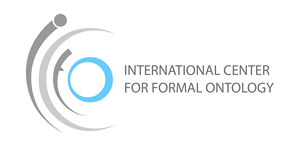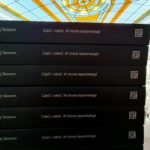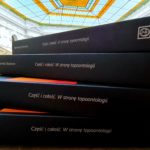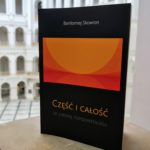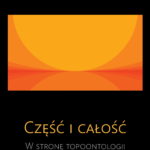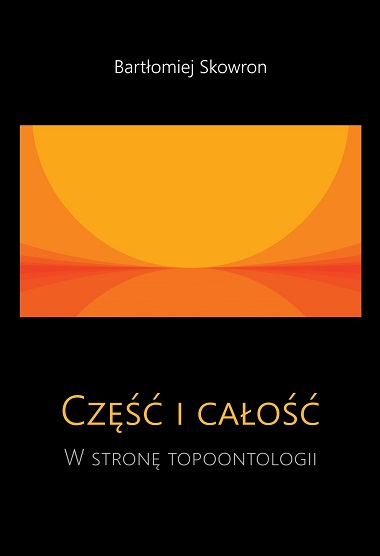
A book on Topo-Ontology was published
A book titled Part and Whole: Towards Topo-Ontology (in Polish: Część i całość. W stronę topoontologii) by Bartłomiej Skowron was published in December 2021. The book is available in open access. A PDF can be found here.
In this book, the Author reviewed the applications of topology in ontology. He called ontology using topological-spatial structures Topological Ontology or Topo-Ontology for short. When philosophical thinking about spatial qualities (Topo-Ontology is based on them) went beyond the limits of ontology, he spoke of Topo-Philosophy. He also presented dozens of ideas from many philosophers (including Thom, Bornstein, Kaczmarek, Kelly, Lewin, Mormann, Stone) about how topology and ontology, based on appropriate eidetic intuitions, interact with each other and how much they have in common. The Author hopes that the tools and ideas of Topo-Ontology will contribute to the fulfilment of the dream of some ontologists, i.e. to separate ontology as a separate discipline of knowledge, similarly to what happened with logic in the 20th century.
The programme of the topologization of philosophy outlined in the book is not, as the critical Reader might think, merely the invention of a new tool for the efficient practice of philosophy in today’s Academy, to which, as the Author claims, lively and spontaneous philosophical thought does not really belong. Spatial-topological ideal qualities and their rich ensembles constituted the senses and meanings of the human world long before the emergence of geometry, as Husserl efficiently demonstrated. The return to the direct experience of spatiality proposed in this book in a phenomenological spirit, as well as the appeal to the lived, real, and intense experience of contemporary scholars, especially the experience of topologists and physicists, is, in fact a return to a beginning that precedes all scientific inquiry. It is a return to the sources of spirituality understood as the search for truth, that is, a return to the authentic sources of the mathematization of science. The sense of obviousness built over topological experience puts several metaphysical issues in a completely non-obvious light. What is more, it allows us to break away from firmly rooted superstitions concerning space, which effectively obscure the richness of the field of ideal spatial qualities.
Topo-Ontology, according to the Author, is not an invention that serves to academicize philosophy in one way or another or to make it artificially scientific. Topo-Ontological practice is rooted in direct experience of ideal qualities. Topo-Ontology is a way to revitalize current philosophy, somewhat weakened by academicism. Despite the Author’s clear preference for spatial language, he agrees with Schopenhauer that “philosophy is a many-headed monster, each head of which speaks a different language.” This monster has many heads, but it is still one monster. This unity is based on living experience, which is a kind of remedy for all forms of ossification in academic philosophy. This experience sets philosophical thought in motion again. The philosopher who denies every form of direct experience, as the Author points out after Schopenhauer, resembles someone who only looks at things from the outside, only from an external perspective, thus losing the essence of things.
